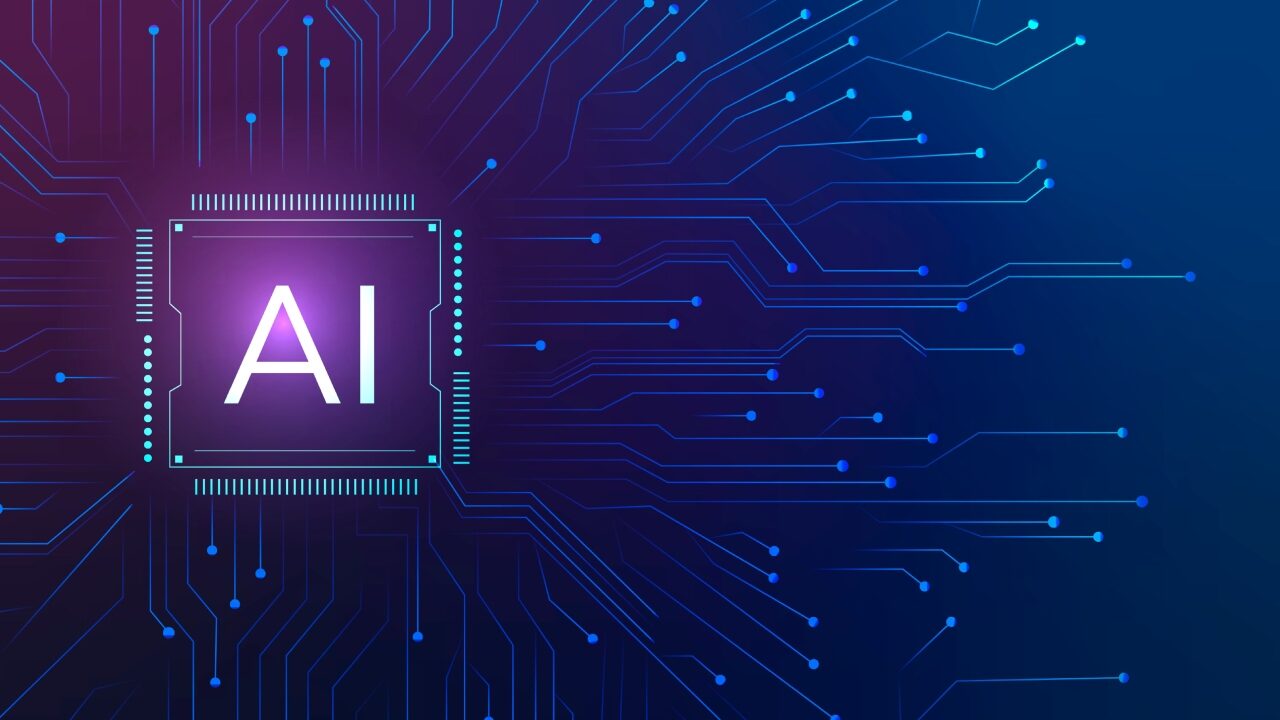At one time, storytelling belonged to the world of brushstrokes and film reels. Today, algorithms have equal space in the area of creativity. The use of artificial intelligence has gradually expanded from back-end support to front-end visual expression. It colours the frames of films and photos – even creating worlds that never existed.
Across movie sets and digital workstations, AI isn’t used as a shortcut but as a creative partner. It can fill in blank pixels, generate faces from sketches, and create effects that once required massive teams. It leads to the creation of a new breed of visual story, much quicker to create, but frequently equally resonant.
How AI Shapes Modern Creativity
Innovative technology has always evolved alongside human imagination. From Photoshop to 3D modelling, artists have long relied on software to bring their visions to life. However, with artificial intelligence there is one new element added to intuition. It learns from thousands of examples, recognizing patterns in style, tone, and motion. It not only works by orders but even anticipates what can emotionally be appealing.
In any creative profession, this technology is transforming the frontiers of possibilities. Photographers, illustrators, and digital designers now explore identity, transformation, and emotion in ways once unimaginable. The rise of face swap AI shows how algorithms can creatively blend human expressions to produce wholly fresh aesthetic images, occasionally art, occasionally to provoke an understanding of authenticity.
Where AI Makes the Biggest Creative Impact
This movement isn’t about replacing human vision – it’s about extending it. With a responsible approach, AI should be a creative collaborator instead of a replacement, a machine that would perceive the same issue differently and take an artist out of his/her comfort zone. Today, AI tools assist creators across multiple disciplines:
- Photography: Enhancing lighting, tone, and composition with subtle precision.
- Digital illustration: Offering colour palettes and stylistic variations in seconds.
- Advertising: Personalizing campaigns to match cultural and emotional nuance.
- Film pre-production: Generating quick concept art and storyboards for mood and framing.
The more creators experiment, the clearer it becomes: AI isn’t erasing creativity – it’s giving it a new vocabulary.

Filmmaking Reinvented: When Algorithms Join the Crew
From the first digital cameras to today’s virtual productions, filmmaking has always embraced innovation. But artificial intelligence pushes it further into the creative domain. Directors can visualize the whole scene with the help of AI. It can analyze how light moves across an actor’s face or how crowds might behave in a battle scene. Algorithms used in post-production teams are used to fix damaged footage or language syncing. Even deepfake technology, though controversial, has found valid artistic applications. It has been used in documentaries to reconstruct lost history; in dramas, so as to make characters appear to age naturally. In the right hands, AI doesn’t distort reality – it makes cinema feel more authentic.
AI in Gaming and Digital Worlds
The gaming industry has become a playground for AI-driven storytelling. Beyond procedural level generation, AI now creates characters that react emotionally to player choices. Their eyes blink naturally, their faces respond to tension, and their voices shift with mood.
Game studios also use AI tools to prototype environments in days instead of months. Artists can test visual ideas without manually building every detail. In indie circles, this means more room for experimentation – games that feel personal, hand-drawn, and alive.
At its best, AI doesn’t flatten creativity; it multiplies it. It allows small teams to achieve cinematic scale and gives players stories that feel infinitely replayable.
The Ethics of Artificial Imagination
AI-generated storytelling has become a creative force of its own within the gaming industry. On top of generating the level of procedure, the AI is today generating characters that are emotionally responsive to the choice of the player. Their eyes are natural and their faces or their voices change with their mood. Other applications AI tools by game studios help create simulated environments in days rather than the months of the past.
Artists no longer need to manually craft every detail to test their ideas before turning them into artworks. This translates to a larger scope of experimentation in the indie circles – games that are personal, hand-drawn, and living. At its best, AI doesn’t diminish creativity – it amplifies it. It enables smaller crews to go cinematic and provides the players with narratives that have an infinite replay.
Questions We Can’t Ignore
The most pressing concerns include:
- Authenticity: How much human input defines a “real” artwork?
- Ownership: Who controls the rights to an AI-generated image?
- Representation: Can algorithms unintentionally reproduce bias or exclusion?
- Transparency: Should creators disclose when AI contributes to their work?
Ultimately, these questions aren’t meant to halt progress but to guide it. Ethics in digital creation have always evolved with the tools – from photography to Photoshop, and now to neural networks. What matters most is maintaining honesty and accountability in how we use them.
Looking Ahead: Humans and Machines Co-Create
Finally, AI and art not only do not compete but also should not. Machines can analyze patterns, but only humans can assign them meaning. The most significant compositions of this new era are those that incorporate both the accuracy of data and the vagueness of emotion. That might sound weird, but so was the case with photography when it was invented. Visual narrative has never stood still in relation to its media. The artistic border of the present day just has additional code behind it. AI will continue to shape our imagination and perception – frame by frame, face by face – whether we embrace it or resist it.



